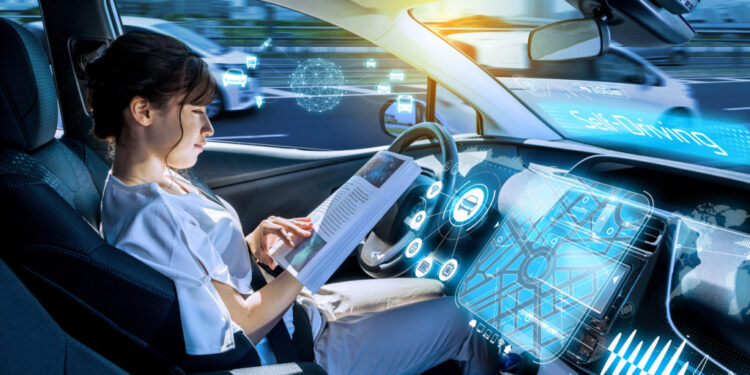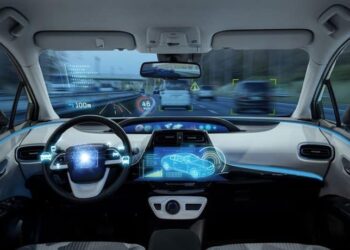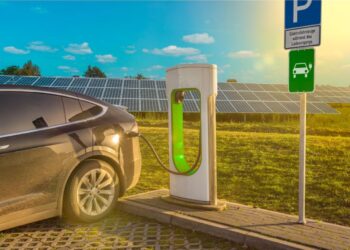The promise of a world where cars drive themselves has long been a staple of science fiction, but today, it is rapidly becoming a reality. The journey toward a future of fully self-driving vehicles is not a single leap but a series of incremental advancements, each one a significant autonomous driving milestone. These milestones represent critical breakthroughs in technology, regulation, and public acceptance, paving the way for a transportation revolution that promises to be safer, more efficient, and more accessible than ever before. This isn’t just about convenience; it’s about fundamentally reshaping our urban landscapes, our economies, and our daily lives.
This comprehensive article will take you on a detailed exploration of the key milestones that have defined the path of autonomous driving so far and those that lie just ahead. We will break down the different levels of autonomy, examine the technological breakthroughs that make self-driving possible, and discuss the regulatory and ethical hurdles that must be overcome. By understanding these milestones, you gain insight into the complex but inevitable transition to a world where cars are no longer just vehicles but intelligent, integrated components of our society. The future of mobility is being built one milestone at a time, and its impact will be nothing short of transformative.
A. Defining the Levels of Autonomy
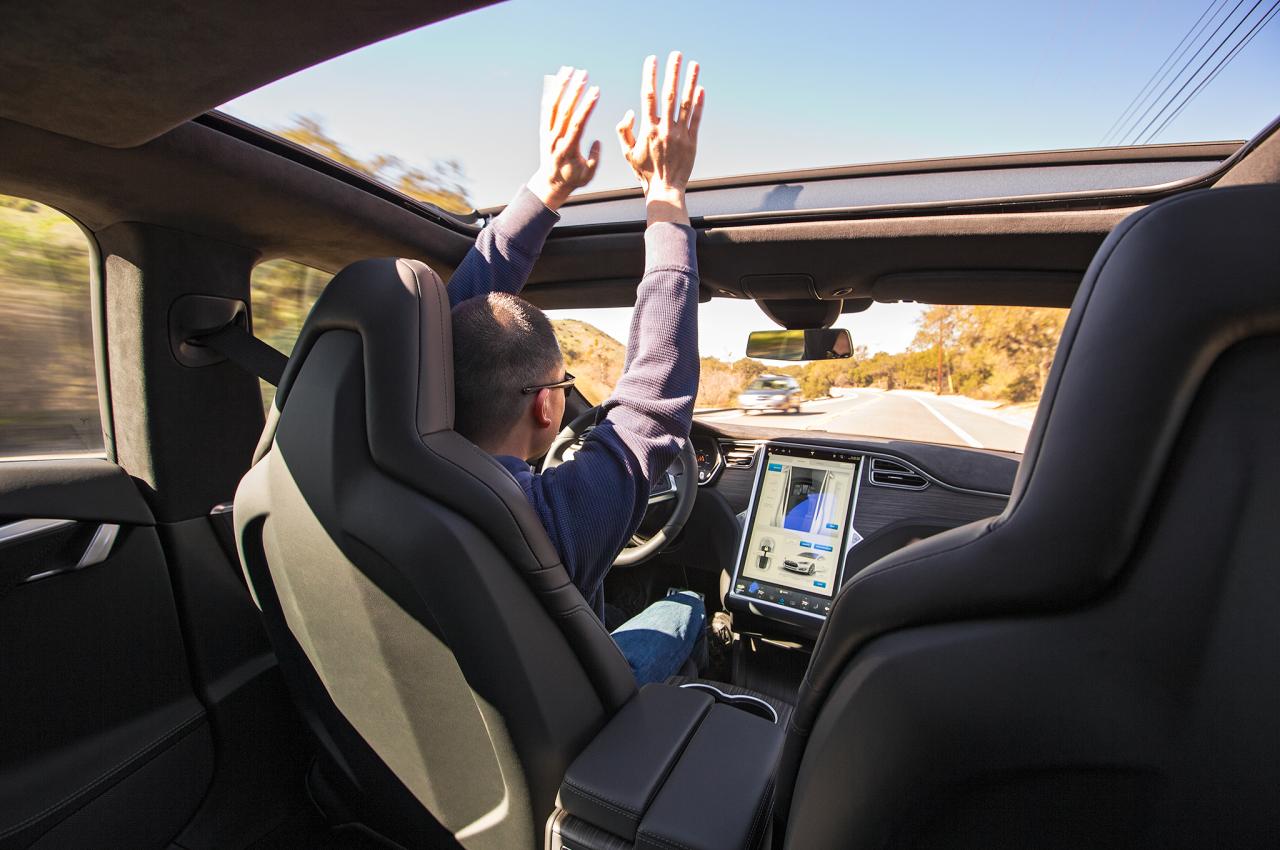
To understand the progress of autonomous driving, it is essential to have a common language. The Society of Automotive Engineers (SAE) has established a widely accepted framework of six levels of driving automation, from a complete lack of automation to full, human-free driving. These levels are the most crucial milestones, as they define a clear and universal roadmap for the industry.
- A. Level 0: No Automation: The human driver performs all driving tasks, including steering, accelerating, braking, and monitoring the environment. This represents the vast majority of cars on the road today.
- B. Level 1: Driver Assistance: The vehicle has a single automated system for driver assistance, such as adaptive cruise control or lane-keeping assist. The human driver is still responsible for all other aspects of driving and must be fully engaged. This technology has been commonplace for years.
- C. Level 2: Partial Automation: The vehicle can control both steering and acceleration/braking simultaneously under specific conditions. An example is a system that can maintain a safe distance from the car ahead and keep the vehicle centered in its lane on the highway. However, the driver must still monitor the environment at all times and be ready to take over. This is the level that many modern luxury and mainstream vehicles have achieved.
- D. Level 3: Conditional Automation: This is where things get truly interesting. At this level, the vehicle can handle all driving tasks in certain limited conditions, such as on a highway with well-marked lanes. The key distinction is that the driver can disengage from the driving task and engage in other activities, but they must be ready to take over when the system requests it. This is the first major milestone where the driver can truly take their eyes off the road. The technological and regulatory challenges at this level are significant, as they involve complex handoff procedures between the human and the machine.
- E. Level 4: High Automation: The vehicle can perform all driving tasks and monitor the environment within a specific operational design domain (ODD). An ODD might be a geofenced urban area or a specific highway. In this domain, the vehicle can handle unexpected situations without human intervention. If the vehicle exits the ODD, it will either safely stop or request a human takeover. This is the level that enables services like commercial robotaxi fleets and autonomous delivery vehicles.
- F. Level 5: Full Automation: The final and most ambitious milestone. The vehicle can operate in any and all conditions—anywhere, anytime, under any weather—without any human input. There is no steering wheel or pedals. A Level 5 vehicle is a completely autonomous robot. This level represents a complete paradigm shift in mobility, with vehicles becoming a part of the public infrastructure rather than personal possessions.
Understanding these levels is the foundation for appreciating the nuanced progress being made in the industry.
B. Technological Milestones
The road to autonomy is paved with groundbreaking technological advancements. Without these innovations, the vision of a self-driving car would remain pure fantasy. Each technology represents a milestone in its own right, pushing the boundaries of what is possible.
- A. Sensor Fusion: A self-driving car doesn’t rely on just one type of sensor; it uses a combination of several to create a comprehensive, redundant picture of the world around it. This is known as sensor fusion.
- A. LiDAR (Light Detection and Ranging): This technology uses pulses of laser light to create a precise 3D map of the car’s surroundings, regardless of lighting conditions. Its high accuracy is crucial for navigation and obstacle detection.
- B. Radar: Radar uses radio waves to detect the speed and distance of objects, making it highly effective at penetrating fog, rain, and other adverse weather conditions.
- C. Cameras: Cameras provide a visual representation of the world, allowing the car’s system to “see” traffic lights, road signs, and lane markings, just like a human driver.
- D. Ultrasonic Sensors: These are short-range sensors used for low-speed maneuvers, like parking, to detect nearby objects.
- B. The Power of AI and Machine Learning: The data collected by the sensors is useless without a brain to process it. This is where AI and machine learning come in.
- A. Perception Algorithms: AI-powered perception systems can identify and classify objects in real-time, distinguishing between a pedestrian, a cyclist, and a parked car.
- B. Prediction Algorithms: AI can predict the likely behavior of other road users, allowing the autonomous car to anticipate their movements and make safer decisions.
- C. Planning and Control Systems: The AI uses all this data to make a plan for the car—where to steer, when to brake, and how to accelerate—and then executes that plan with precision.
- C. High-Definition Mapping: Autonomous vehicles rely on incredibly detailed, high-definition maps that include every road marking, traffic light, and curb. These maps provide a critical layer of redundancy and help the car pinpoint its exact location with centimeter-level accuracy. The development and continuous updating of these maps are a major ongoing milestone for the industry.
- D. Over-the-Air (OTA) Updates: The ability to wirelessly update a vehicle’s software is a critical milestone. It means that the car can learn and improve over time, with new features and safety enhancements being delivered directly to the vehicle without a trip to the dealership. This makes the autonomous vehicle a continuously evolving software product.
These technological milestones are interdependent and must be perfected in concert to enable true autonomy.
C. Regulatory and Societal Milestones
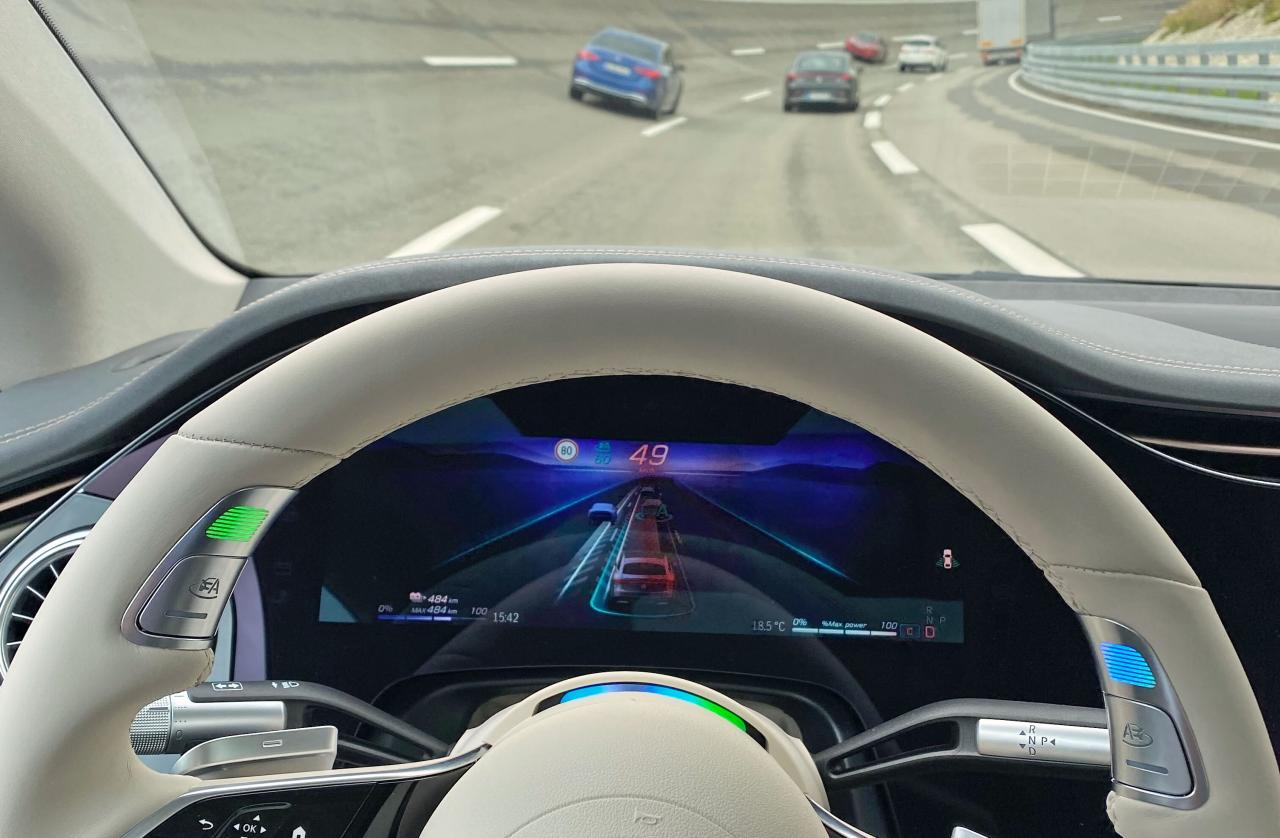
Technology is only one part of the equation. For autonomous driving to become a reality, we must also clear significant regulatory and societal hurdles. These milestones are often more challenging to achieve than the technological ones.
- A. Establishing a Legal Framework: Governments worldwide are grappling with the legal and liability issues surrounding autonomous vehicles. Who is at fault in an accident involving a self-driving car? The manufacturer, the software provider, or the “driver” who was not in control? Establishing clear and consistent legal frameworks is a critical milestone that will unlock the widespread deployment of these vehicles.
- B. Public Acceptance and Trust: The public must feel safe and comfortable sharing the road with self-driving cars. Every accident, no matter how minor, makes headlines and erodes public trust. Building this trust will require a sustained record of safety, transparency from manufacturers, and a comprehensive public education campaign.
- C. The Ethical Dilemmas: Autonomous vehicles will inevitably face ethical dilemmas, such as the classic “trolley problem” (should the car swerve to save a pedestrian, even if it harms the occupant?). While these are rare, programming a car to make these decisions requires a broad societal consensus on ethical priorities. This is a monumental milestone that the industry and society must tackle together.
- D. Infrastructure Readiness: For autonomous vehicles to function optimally, they need smart infrastructure. This includes V2I (Vehicle-to-Infrastructure) communication systems, smart traffic lights, and updated road markings. The investment required to upgrade our existing infrastructure is a massive milestone that will require cooperation between the public and private sectors.
- E. Cybersecurity: A self-driving car is a connected computer, making it a potential target for hackers. Ensuring the cybersecurity of autonomous vehicles is a non-negotiable milestone. A hacked car could be a weapon, so building an unbreachable security system is of paramount importance.
These societal and regulatory milestones are the final gatekeepers to a fully autonomous future.
D. The Next Milestones on the Horizon
Looking ahead, the road is full of exciting and challenging milestones that will define the next chapter of autonomous driving.
- A. Level 4 Robotaxis at Scale: The successful, large-scale deployment of Level 4 robotaxi services in multiple cities will be a watershed moment. It will prove the commercial viability and safety of the technology, fundamentally changing how urban dwellers move around.
- B. Autonomous Long-Haul Trucking: The first widespread use of autonomous vehicles will likely be in the trucking industry. Autonomous trucks can operate on specific, pre-mapped highways, solving a critical shortage of human drivers and improving supply chain efficiency. This is a significant economic milestone.
- C. Autonomous Mobility in All Weather: A key challenge for autonomous vehicles is operating in heavy rain, snow, or fog. The next major milestone will be the development of sensor systems and AI that can reliably navigate in all weather conditions, making the technology truly universal.
- D. The Autonomous Personal Vehicle: The final, and perhaps most difficult, milestone is the sale of fully autonomous Level 4 or 5 vehicles to individual consumers for personal use. This will require public trust, affordability, and a clear regulatory framework that allows drivers to truly be passengers in their own cars.
These milestones will not happen overnight, but they are the clear objectives that the industry is racing to achieve.
Conclusion
The evolution of autonomous driving is a testament to human ingenuity and a complex dance between technological innovation, ethical considerations, and societal change. The journey is not linear, and it is marked by a series of pivotal milestones, from the simple driver assistance features of today to the fully autonomous, driverless cars of tomorrow. Each level of autonomy, from SAE Level 2 to the elusive Level 5, represents a significant leap forward in capability and trust. These advances are powered by equally impressive technological milestones in sensor fusion, AI, and data processing, which allow a car to see, think, and act with a superhuman level of awareness.
However, the path to a driverless future is not just a technological one. It is a societal journey that requires us to establish new legal frameworks, build public trust, and navigate complex ethical dilemmas. The future of autonomous driving will be defined not just by what our cars can do, but by how we, as a society, choose to integrate them into our lives. The next milestones on the horizon, such as the large-scale deployment of robotaxis and autonomous trucking, promise to bring this technology out of the realm of pilot projects and into our daily reality. This transition will be profound, offering the potential for safer roads, reduced traffic congestion, and a more sustainable transportation system. The journey to a fully autonomous world is a marathon, but with each milestone, we are moving closer to a future where we are no longer just drivers, but participants in a smarter, more connected, and more efficient way of life. The road ahead is long, but it is clear, and it is electrifying.

